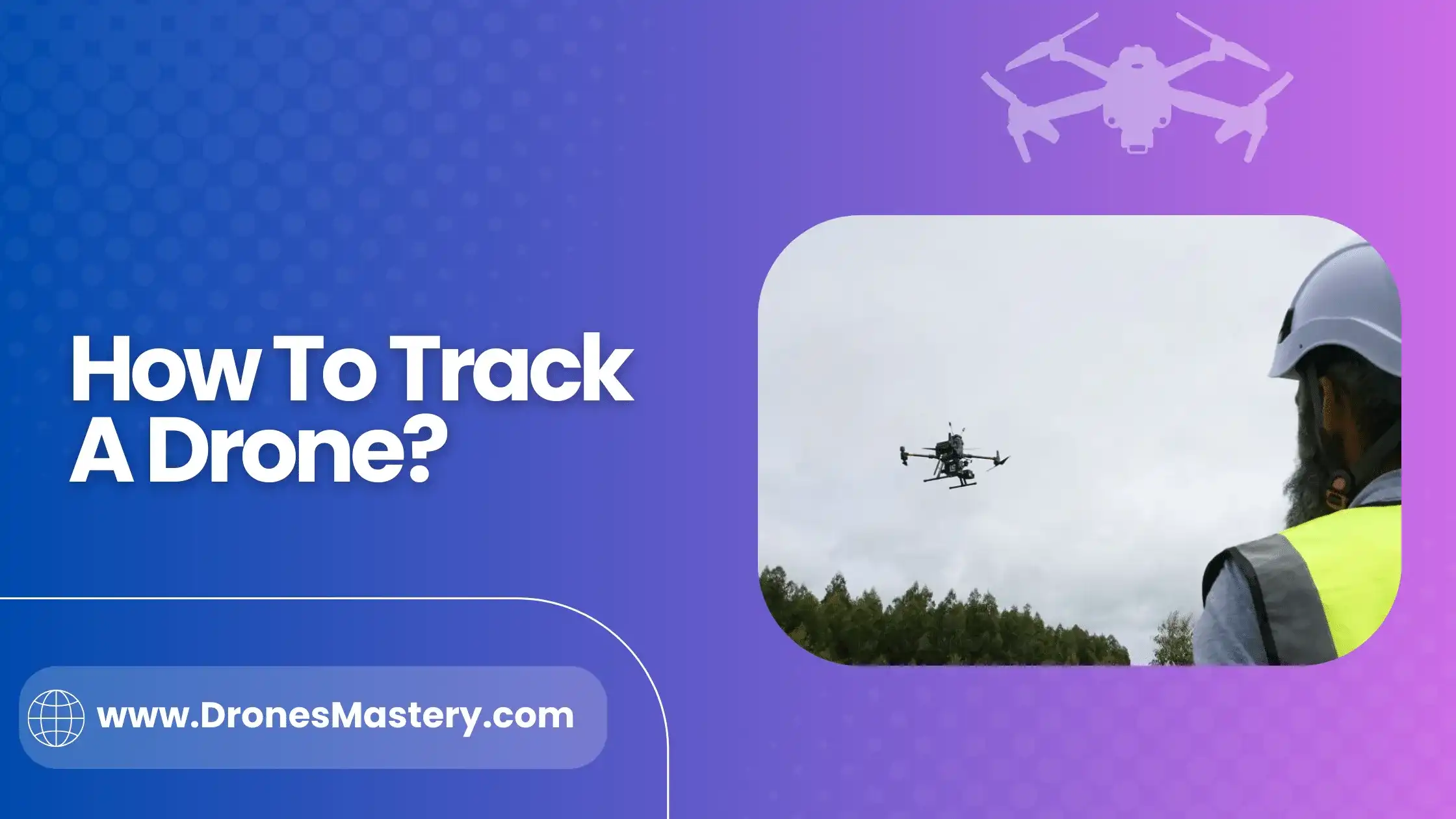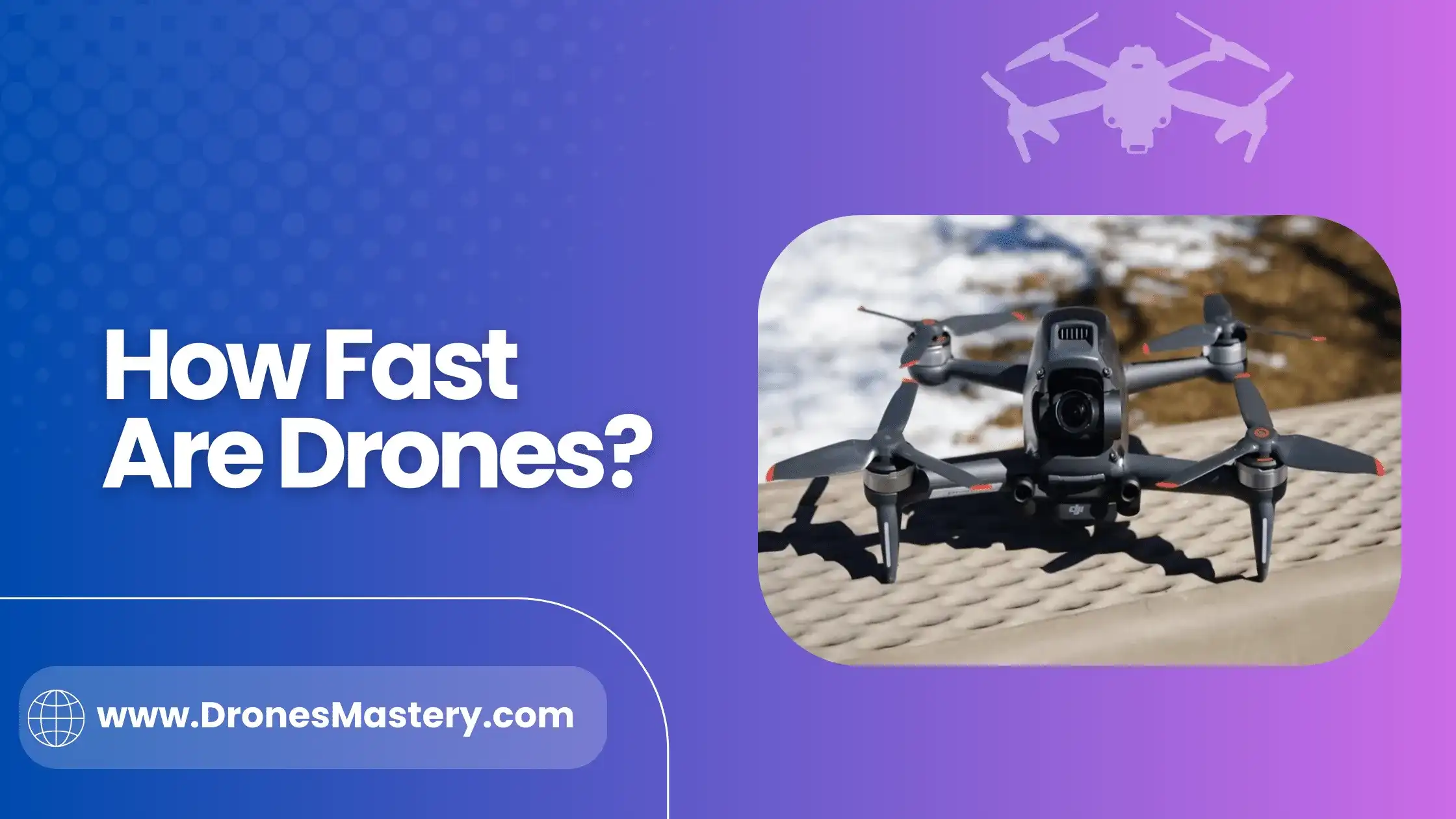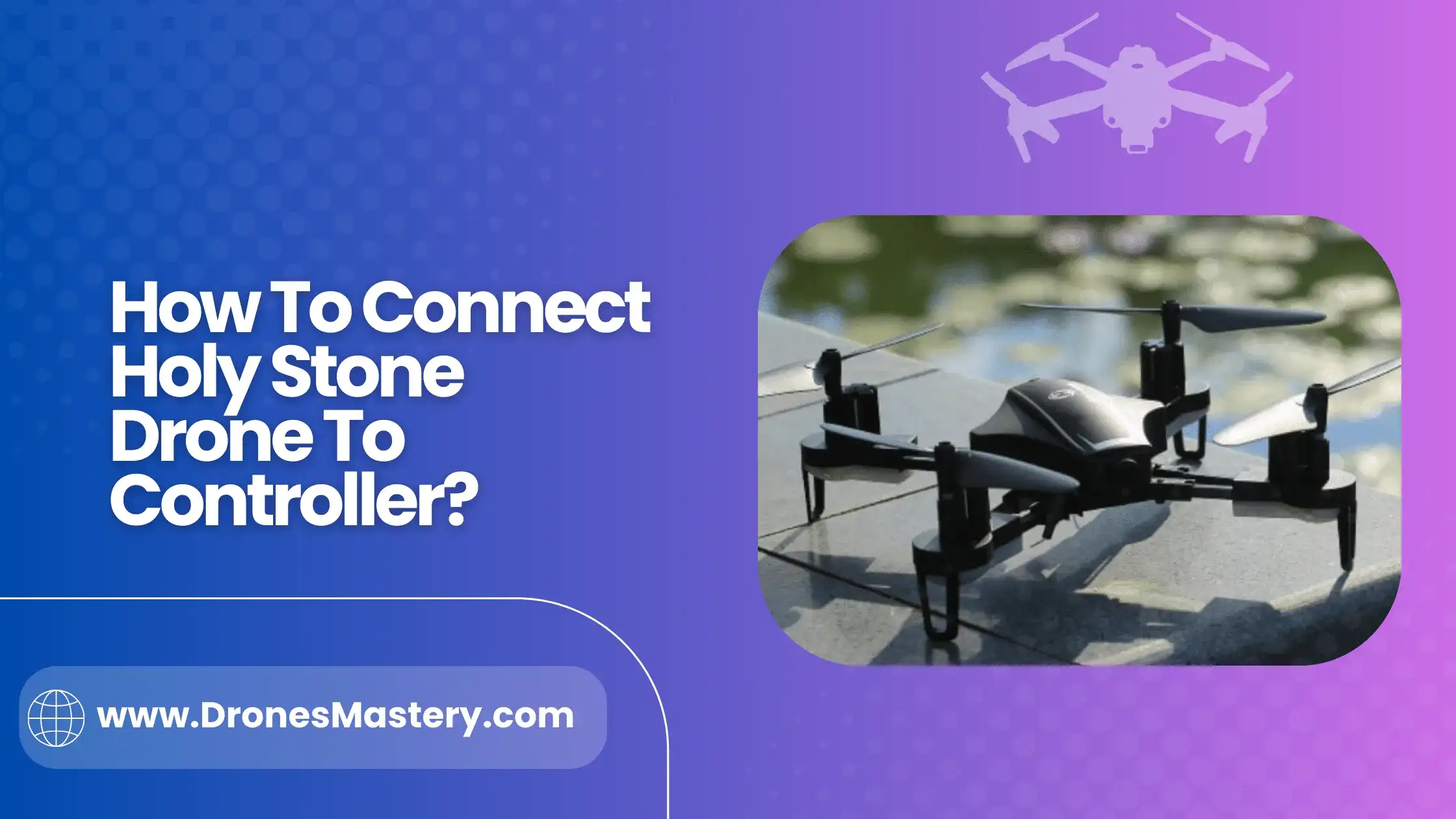Drone surveys are becoming increasingly popular for surveying land and providing aerial photographs that can be used for planning and assessing areas from an eagle-eye view. With advances in technology, drones have become more affordable and handy to use, making them ideal for undertaking professional surveys without costly traditional survey methods such as photogrammetry or aerial photography.
Now, we’ll break down the average costs involved with a drone survey to help you understand what your budget needs to cover before taking on this task. If you’re wondering what the average cost of a drone survey is, it depends on a few factors. A basic drone survey with a typical camera might range from $30 to $120 per acre. This includes the drone, as well as staff and data processing.
However, if you require a more complex survey that necessitates specialist equipment such as high-resolution cameras, LiDAR sensors, or thermal imaging cameras, the cost per day might range between $2,000 and $5000. And this varies according to the complexity and equipment employed.
The nationwide average cost of hiring a qualified land surveyor is $517, according to HomeAdvisor. Prices, on the other hand, might range from $200 on the low end to $1000 on the high end.
However, these are only ballpark figures, and the real cost of your drone survey will vary greatly depending on the unique needs of your project. Other considerations such as the location of the survey region, legal restrictions, and additional services such as post-survey support can all have an impact on the ultimate cost.
That’s why it’s critical to speak with your drone survey provider to receive a firm quotation and guarantee you’re getting the most bang for your buck.
Drone Survey Costs by Country
India:
Drone surveys in India often cost between $100 and $500 per hour. This is less expensive than traditional procedures, which can vary from $100 to $500 per hour. Drones are employed for a wide range of purposes, including:
- Topographic maps
- Hydrology is the study of water resources.
Indonesia:
Indonesia is being surveyed using aerial LiDAR (Light Detection and Ranging).
Drone surveys in Indonesia cost between $500 and $2,000 per job. The following elements influence the total price:
- The survey type you want to conduct (aerial, ground, or both)
- Your team’s composition (number and level of skill) and size
- The number and type of drones required (a DJI Inspire 2 with a Zenmuse X7S camera costs roughly $10,000).
- Number and size of various data collection equipment, such as cameras and sensors
Japan:
According to the most recent Drone Market Insights report, a drone survey in Japan will cost between $200 and $300 per hour. This is substantially greater than in other countries we’ve studied so far, but it’s not surprising given how much money goes into producing high-end drones and cameras.
Furthermore, Japan is noted for having some of the most difficult terrains in the world to navigate. So, if your project necessitates drone surveys over wide distances or in tough terrain, there is no better place on the planet than Japan.
Canada:
Drone surveys in Canada are more expensive than in the United States, but not as expensive as in Mexico or Indonesia. Here are some common pricing numbers for drone surveys in Canada if you’re searching for a good starting point for your research:
- 3D mapping costs $2,500 USD.
- 2D mapping costs $1,500 USD.
China:
The price of drone surveys in China varies according to the type of survey you wish to conduct. If it’s a simple 3D Model , the cost per acre will be around $500-$600. However, if you require an accurate mapping or geo-referencing survey for construction purposes, the cost would skyrocket. This is because Chinese law requires any drone flight over populated areas to be piloted by an experienced pilot and registered with local authorities prior to takeoff.
What Are The Factors Affecting Drone Survey Costs?
The cost of a drone survey is determined by various factors, including the project’s scope and complexity. The following are the most critical variables to consider:
Drone Type:
The cost of a survey is affected by the type of drone utilized due to differences in capabilities, flying time, and payload capacity.
A larger drone with more advanced capabilities may cost more than a smaller, basic model. When compared to a drone with a basic camera, a drone with a high-quality camera or sensor will cost you an arm and a leg.
Size And Complexity of The Survey Area:
The cost of a drone survey is heavily influenced by the size and complexity of the survey region. A larger survey area or one that is harder to access, such as mountainous terrain or densely forested territory, may necessitate more flights and longer time to collect the necessary data.
Flight Time And Number of Required Flights:
Another cost-influencing element is the amount of time required to execute a drone survey. Longer flight periods or more flights may be required to collect the data required for a full survey, increasing the cost.
Processing And Analysis of Data:
After the data is collected by the drone, it must be processed and evaluated to produce useful results. The cost of data processing and analysis is determined by the volume of data and the complexity of the analysis.
Conclusion:
Using drones to survey landscapes has grown in popularity in recent years, and the cost varies from project to project. In general, drone surveys are less expensive and less risky than traditional survey methods, but they require more skill and precision. Due to the numerous factors that affect the cost of a drone survey, it’s important to determine what kind of aerial data is needed ahead of time. With the right approach, your business or project can benefit greatly from aerial surveying services provided by drones at an affordable rate.






